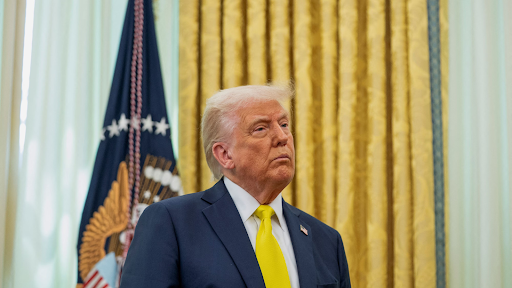The collective resolve of the NATO alliance has demonstrably hardened in the wake of the Russian drone incident over Poland, a threat President Donald Trump has acknowledged even while maintaining a cautious public tone. The event has served as a catalyst, transforming theoretical concerns into a unified push for greater military readiness.
The first sign of this hardened resolve was the immediate and successful interception of the drones. The second was the rapid cascade of support from member states, who pledged additional air defense capabilities to Poland without hesitation.
President Trump, by stating he was “not happy” and immediately conferring with Poland’s leader, acknowledged the gravity of the threat. His administration is now part of this hardening resolve, overseeing an alliance that is shifting to a higher state of alert.
The most significant evidence of this new phase is NATO’s plan to implement “defensive military measures” along the entire eastern flank. This is not just about helping Poland; it is a strategic adjustment by the entire alliance, signaling that its tolerance for such provocations has reached its limit.


